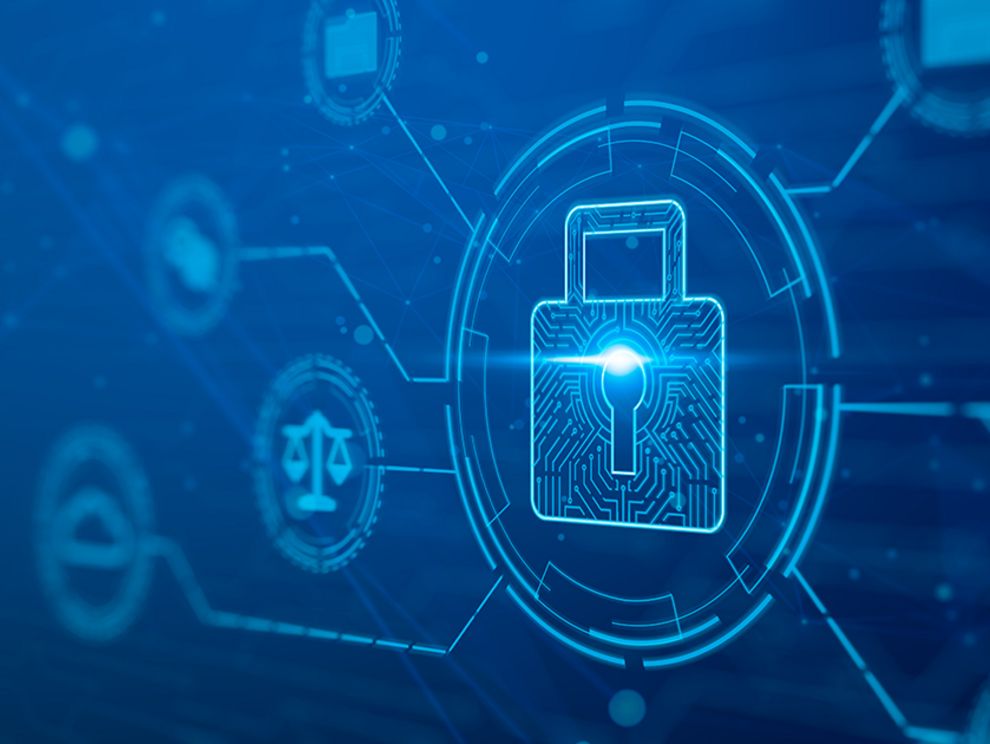Cyber Threats 2022: Those Who Do Not Defend Themselves Will Lose.
"Cybercrime is the greatest threat to every business in the world," says Ginni Rometty, the former head of IBM. That statement will certainly hold true in 2022 while IT security issues will continue to grow in complexity. Ransomware attacks will become even more dangerous and the supply chain will increasingly be the target of attacks. In addition, cybercriminals will know how to use the latest technologies for their raids.
#Security Awareness #Security Strategy Architecture #Security Risk Assessment #Security Emergency Concept #SentinelOne
Cybercriminals will increasingly start at the source of corporate infrastructure to get to their target. It is safe to assume that they will use DevOps tools and pipelines to attack supply chains and also Kubernetes environments. Developer credentials are particularly vulnerable. These credentials can help criminals penetrate an organization's networks at different levels without being detected. Kubernetes and container environments are known to be quite complex and additional security measures can make them even more complicated. It is therefore important to always consider security when taking advantage of containers and Kubernetes, even in the development phase.
Ransomware in the cloud
More and more large and small companies are moving their data and workloads to the cloud, making cloud infrastructures a very attractive target for cybercriminals. This trend is reinforced by the fact that home office IT environments usually are less secure and therefore leveraged as a gateway for attacks[i]. According to a PwC study, tech executives generally expect the threat to increase. Not without good reason: there were already several times more ransomware attacks last year than in pre-pandemic times[ii]. Ransomware attacks are most often initiated by phishing attacks. It is still too easy to get company employees to pass on confidential data or click on a malicious link - often with nasty consequences. This is further shown by statistics from the National Cyber Security Center (NCSC) in Bern[iii]: The number of reported ransomware attacks has tripled in the first half of last year. The NCSC also recorded a sharp increase in phishing reports. While there were 497 phishing incidents in the first half of 2020, there were 2,439 reports in the same period in 2021. This number has increased almost fivefold. The reason: The sharp increase in the number of e-mails and text messages with fake package notifications in connection with e-commerce, which boomed during the epidemic. Such attacks can have a particularly damaging impact in the case of infrastructure facilities. And it is precisely these targets that are being targeted more and more frequently: hospitals, pipelines, and power plants are examples of this.
The supply chain is particularly vulnerable
The supply chain is currently under pressure globally - economic anomalies triggered by the pandemic fallout have made it more vulnerable than it normally is. Cybercriminals perceive this state of affairs as an invitation for extortion, potentially leading to particularly large payouts[iv]. This is especially critical because the collapse of a single supply chain can impact hundreds of companies - as evidenced by the current shortage in the chip sector. Tech companies have seen a sharp increase in attacks over the past year - security experts don't expect 2022 to be any better. Therefore, it is still of utmost importance to sensitize employees accordingly. In particular, the focus should be on the correct use of e-mail and collaboration tools.
Artificial intelligence against cyberattacks
Financial service providers have long used artificial intelligence (AI) and machine learning (ML) to detect fraudsters before they cause damage. This is also possible in cybersecurity. AI and ML can detect and, at best, prevent cybercrime because they can process massive amounts of data and detect unusual behavior as well as discover hidden devices and hidden patterns alike. However, there is one problem regarding AI and ML in the context of cybersecurity: Criminals also use AI to be more successful. AI can guess passwords, locate suitable targets, and even imitate people - think deepfakes. It therefore becomes especially important for companies to protect their own AI and ML systems. A majority of IT managers are aware that AI must be part of cybersecurity in the future for precisely this reason: AI is the best weapon against the use of AI on the part of criminals. According to a Capgemini study, two-thirds of companies now consider the use of AI to be necessary to counter cybersecurity threats.[v].
The Internet of Things (IoT): A dream for cybercriminals
This year, the number of connected devices on the Internet of Things is expected to reach 18 billion. These include modern cars, smartwatches, game consoles, smart TVs, thermostats, voice control devices, printers, cameras and refrigerators. All these things are potential gateways for cybercriminals to digital networks and systems. Attacks of this kind happen all the time[vi], and it is safe to assume that they will continue to increase in 2022. At risk are both centralized cloud infrastructures and devices that are part of edge computing scenarios. In this context too, training is an important part of the security strategy, as is the inspection of all devices that are to become part of a network - so that they do not become gateways for cybercriminals. AI and ML, by the way, are very well suited for lean endpoint solutions for the detection of risks.
UMB 7/24 Cyber Defense Center - with superior protection from IBM
Whatever the year 2022 will bring in terms of cyber risks, UMB will be there for you with a holistic security concept. We offer comprehensive cybersecurity services with our 7/24 Cyber Defense Center. We rely on superior security products from IBM - such as the leading SIEM solution IBM QRadar. Here we offer balanced organizational and technical measures for an effective and holistic protection of your company. On the one hand, this includes the ability to detect an attacker at an early stage. On the other hand, it must be possible to initiate the right countermeasures quickly. To this end, we offer advisory services, network security services and cyber security services.
This year, do not let technological advances in cybercrime take you by surprise. Contact us.
[i] Cyber crime – the risks of working from home | COVID-19 | Deloitte Swizterland
[ii] Number of ransomware attacks per year 2020 | Statista
[iii] Second NCSC semi-annual report focuses on vulnerabilities (admin.ch)
[iv] Cybercrime predictions for 2022 - Deepfakes, Cryptocurrencies and more | World Economic Forum
[v] Reinventing Cybersecurity with Artificial Intelligence – Capgemini Worldwide
[vi] 10 IoT Security Incidents That Make You Feel Less Secure (eccouncil.org)



